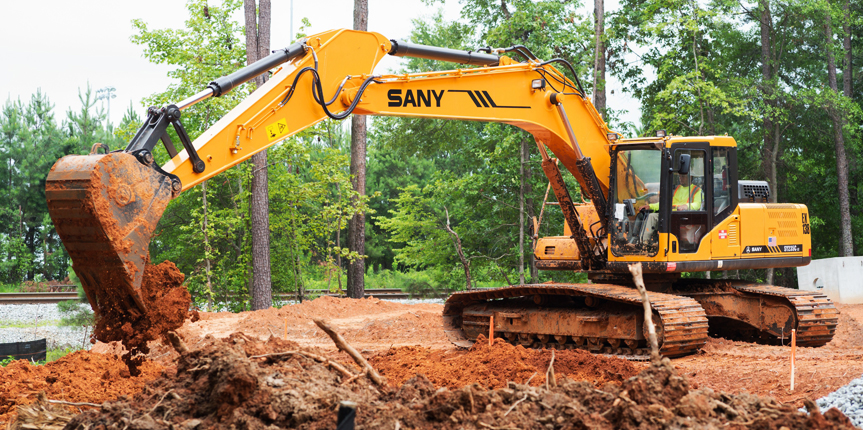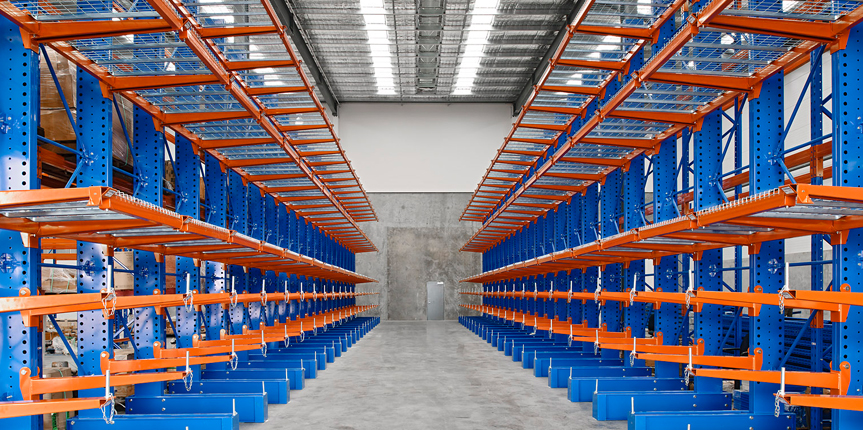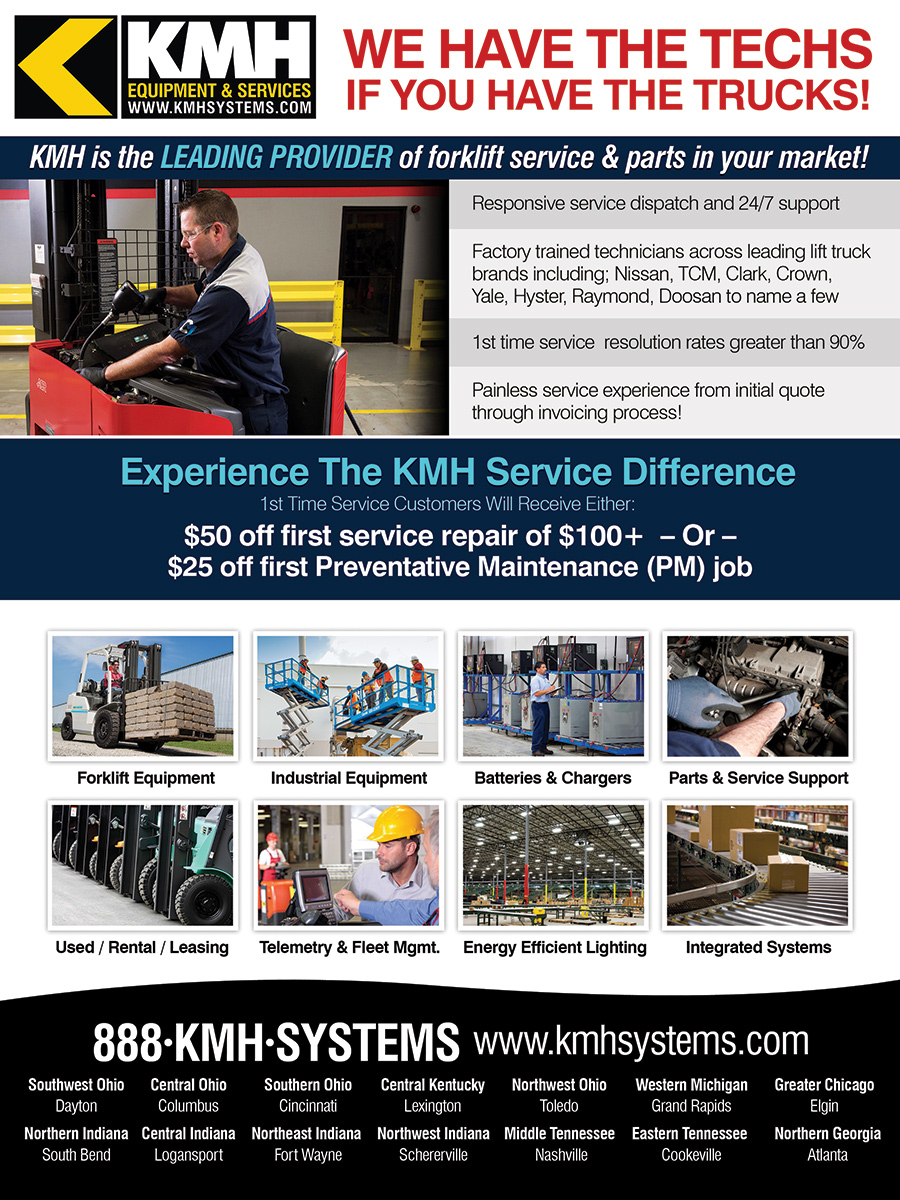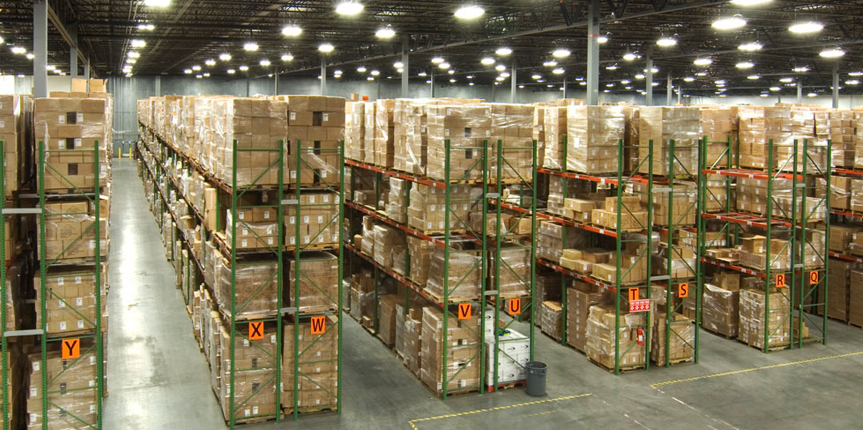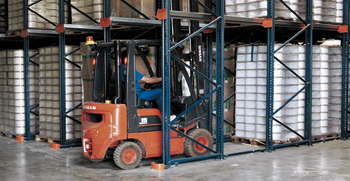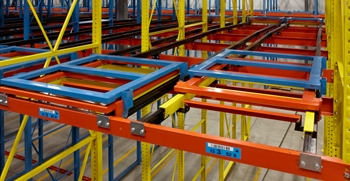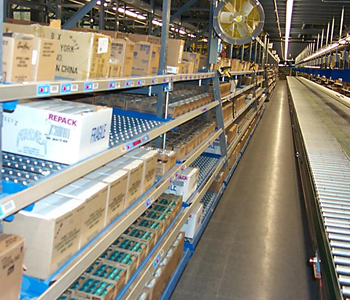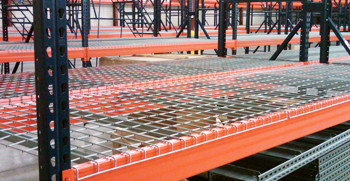5 Ways to Improve Order Picking Productivity
Beyond running diagnostics or shifting your warehouse design around, sometimes it can be helpful to have an open and honest discussion with everyone on your staff. Everyone from your temp workers, full time operators, managers, directors, all the way up to VPs, need the ability to communicate where they see ways to improve your bottom line. Your employees will not only tell you about problems that you may not know exist, but may solve them just as quick and often in the same meeting.
Here are five ways to consider improving your picking productivity once you’ve identified the problems with your staff. You can review the potential ROI to understand which system will work best for your operation, discuss them with your team, and since they will be the ones ensuring the speed and accuracy of the systems you choose, decide which ones will benefit you the most.
1. Parts images and photos on the PC monitor when directing the picker. Many of today’s WMS, WCS and inventory management and picking software solutions allow organizations to include images of items in their database.
2. The use of pick-to-light and put-to-light indicators can be implemented in many processes to minimize errors. To make this cost effective, the integration of goods-to-person technologies (such as carousels, VLMs, shuttle technologies, ASRS, etc.) can be used. Items are delivered to the operator at an ergonomic height, and the lights tell the operator where and how many items to pick and put into the correct container.
3. Slotting your inventory will provide great benefits by increasing throughput and providing increased accuracy levels. The benefits of an effective slotting strategy include; increased throughput, improved labor utilization, reduced injuries, better cube utilization, and reduced product damage.
4. Kitting could be another option, though in some cases, while knitting does increase inventory levels, the variables may create too many kit options. If you often ship in kits, your team can help design the most cost effective kits to create and offer your customers. This can be either virtually on your marketplaces – a listed bundle comprised of disparate parts –– or physically in your warehouse – products bound together and stored in one location. The beauty of product kitting is that it allows you to sell kitted items and individual component items simultaneously.
5. Voice picking comes into play when you have a large number of SKUs in shelving or rack not using goods to person technologies. The audio directs the picker to the correct location and quantity. The picker then verbally verifies the SKU and quantity. The throughput levels often increase slightly with this technology, but your accuracy will often increase much more.
For example, Canadian retailer London Drug tossed its paper-based pick systems and turned to voice to help process SKUs of varying shapes and sizes—the result has improved productivity and 99.97% order accuracy using voice technology in its operations.



